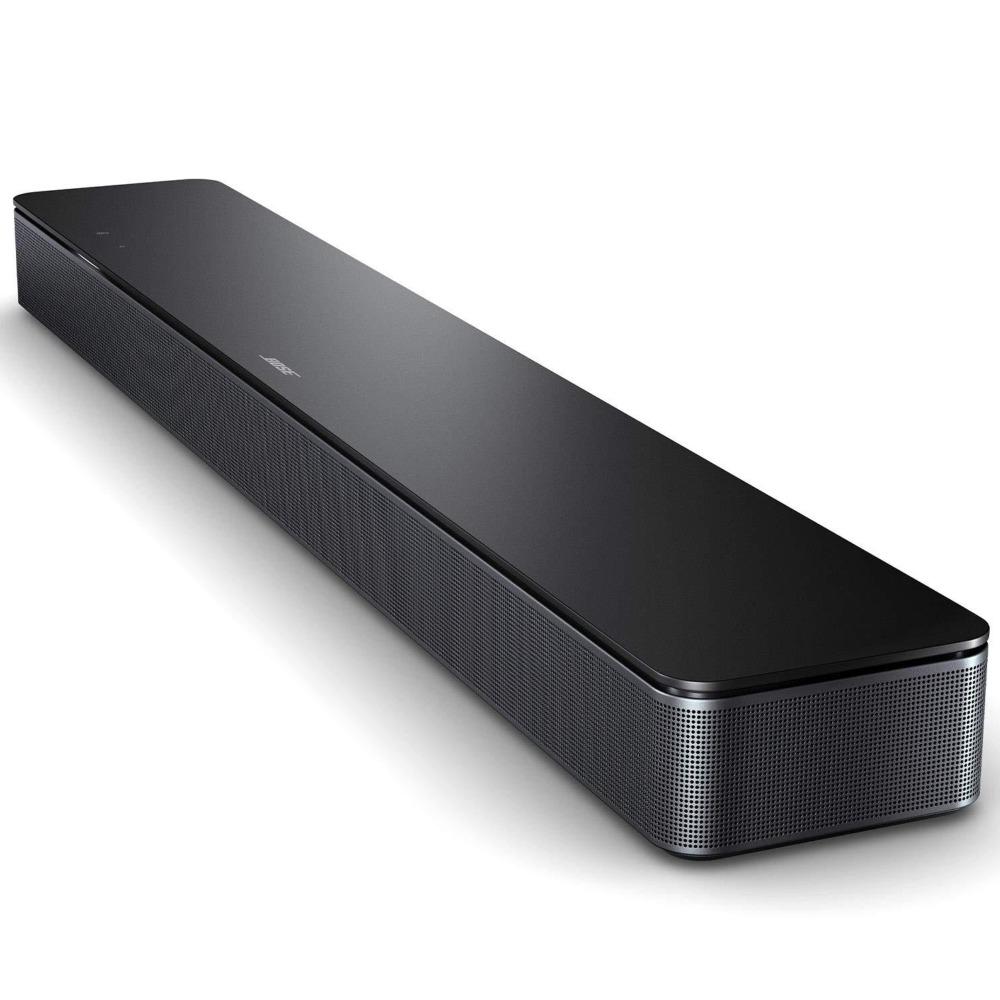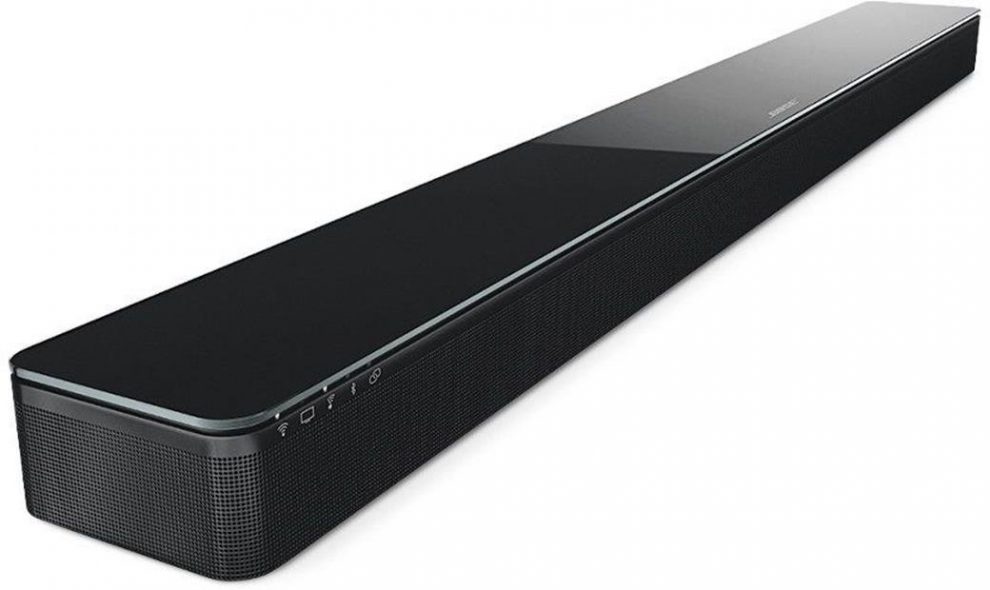
Speaking of Bluetooth, the Soundbar 300 features the same Bose SimpleSync tech that we’ve tried on the more expensive Soundbar 500 and 700.
Bose soundbar 300 Bluetooth#
There’s also Bluetooth on board, which is handy for ad-hoc music streaming without the need for a Wi-Fi connection.

Spotify subscribers can use the Spotify Connect feature to connect to the speaker from any Spotify app. Sonos products do not currently support Chromecast.
Bose soundbar 300 android#
Apple and Android users can also leverage Chromecast Built-in, a feature Bose added in February 2022. Instead, Apple users are going to be happiest using AirPlay 2 which gives any app on your phone or tablet a direct Wi-Fi connection to the speaker. Whether you’re an Android or iOS user, streaming music from the Bose Music app over Wi-Fi is an option, though its capabilities as a music manager leaves something to be desired (more on that below). If you want to create a more immersive surround sound vibe, the soundbar is also compatible with the wireless $299 Bose Surround Speakers or $500 Bose Surround Speakers 700. But unless you’re a fan of wires, it makes more sense to extend the Soundbar 300’s low-end with Bose’s wireless subwoofers, the $400 Bass Module 500, and the $700 Bass Module 700. The Bass port for wiring a subwoofer is proprietary, so there’s no way to use it with a sub from another company. But it doesn’t include one in the box because it reckons most folks already have an extra HDMI cable lying around, whereas optical cables tend to be harder to come by. That’s a neat trick and it’s something the Sonos Beam can’t do.Ĭuriously, Bose actually recommends using an HDMI cable, which it says is more reliable than using infrared.
Bose soundbar 300 tv#
But thanks to the Soundbar 300’s infrared emitter, you can still use Alexa or Google Assistant to operate TV functions without HDMI. Normally, using an optical connection means that you miss out on the kind of TV-control features that HDMI enables. Since the Soundbar 300 isn’t compatible with advanced audio formats like Dolby Atmos or DTS:X (which require HDMI ARC), an optical connection is really all you need. In just a few minutes, it gets the soundbar connected to your wireless network and gives you the choice to configure the Soundbar 300 with either Amazon Alexa or Google Assistant, or you can simply skip this step (you can always do it later if you change your mind).Ĭonnecting the speaker to your TV with the included optical cable has the advantage of not occupying one of your HDMI ports, which can be in short supply depending on your TV. The Music app makes the setup effortless. These days, most people probably have a phone or tablet that can be used to run the app, but if you don’t, you may want to consider one of the many soundbar systems that do not rely on Wi-Fi or app-based control. Because of that, setting it up (and using its non-TV features) requires the Bose Music app (free for iOS and Android).

Setup and connections Simon Cohen / Digital TrendsĪs with the Soundbar 500 and 700, the Smart Soundbar 300 isn’t just a TV speaker - it’s also a wireless smart speaker that can be added to other Bose wireless speakers for a whole-home audio solution.

We’ll discuss how these can be used in a moment. If you want to wall-mount it, an optional $40 bracket is available.Īround the back, you’ll find the connection ports, which include one HDMI ARC, an optical input, an Ethernet port, an infrared extension port, and a subwoofer output. It would be cool if Bose used it to show volume level, but alas, no such luck. Two white bars indicate pause, a single blue bar signals Bluetooth, and a small red dot means mute. In the top left corner, a small multi-color LED light strip gives you visual feedback about the speaker’s state. The $449 Sonos Beam Gen 2 - the Bose’s closest competitor - is a little narrower, but it’s also a little taller. With clean lines, a button-free exterior, and a wrap-around metal grille, it’s going to look right at home sitting in front of virtually any TV I can think of. It’s going to look right at home sitting in front of virtually any TV I can think of.Īt only 2.25 inches tall and 27.5 inches wide, it won’t obstruct the bottom of your screen, and (depending on the design of your TV) you might even be able to place it under the screen between the legs.īut it’s also elegant.


 0 kommentar(er)
0 kommentar(er)
